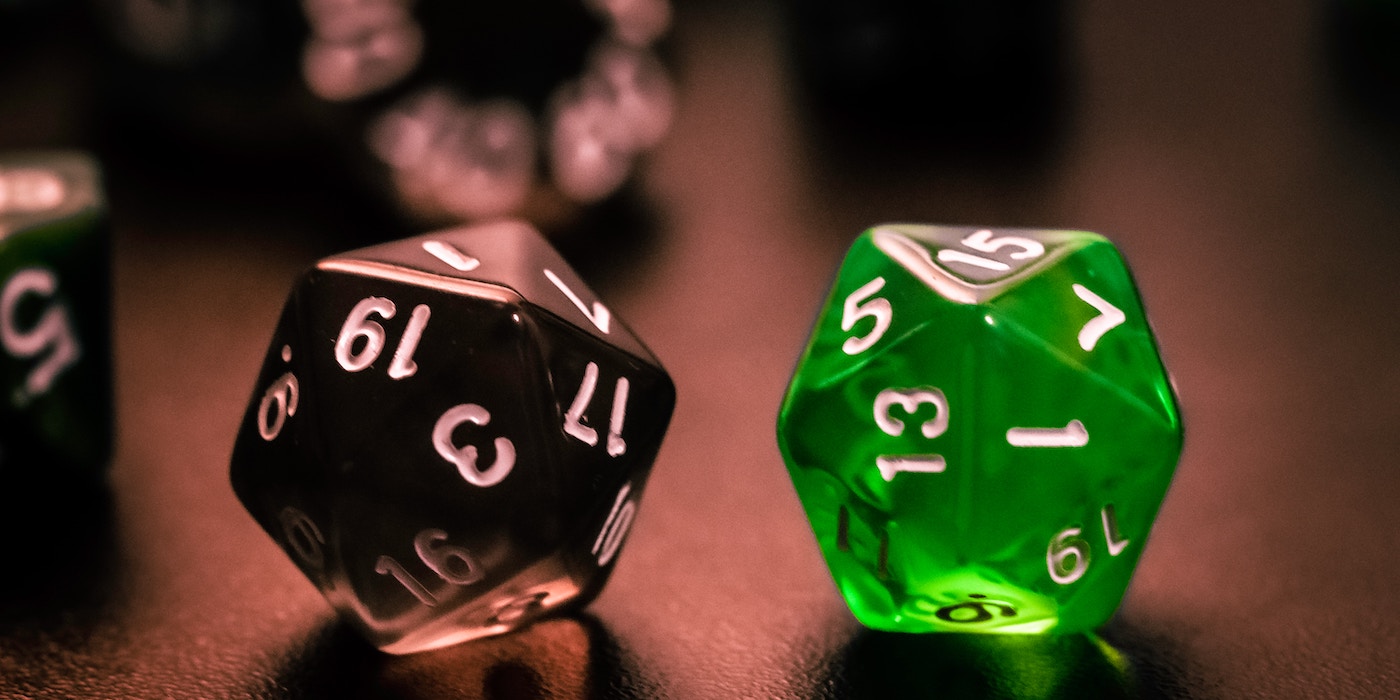D&D: Five Illusion Spells To Mystify Your Enemies AND Your Friends
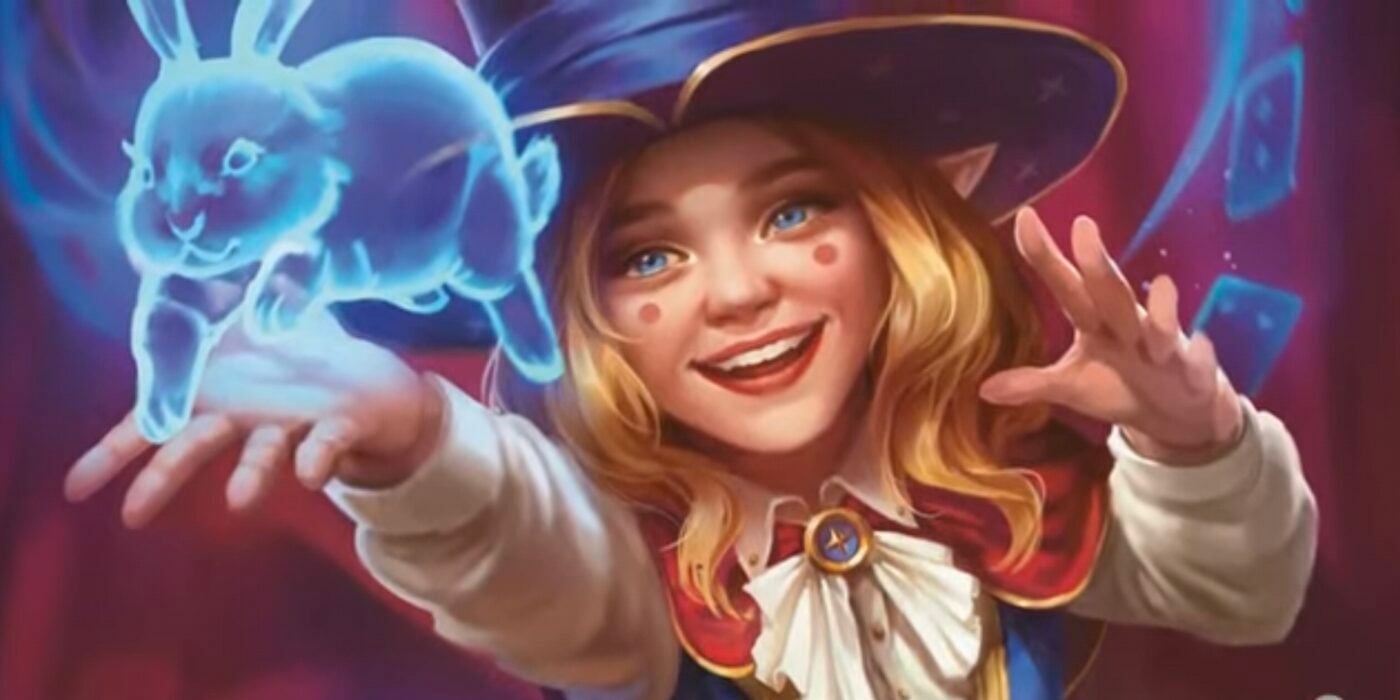
Illusion spells got buffed in 5.5E, now they offer no end of delights made of little more than light and shadow. Here’s five of our faves!
Illusion spells are a tricky prospect in D&D. Because, on the one hand, their only limit is the power of the Illusionist’s imagination. On the other hand, their only limit is the DM’s willingness to go along with it. And not all DMs appreciate our even respect cleverness from the player side of things. Many do, for sure.
But that’s why WotC firmed up the rules on a lot of illusion spells in D&D. They tell you what it takes to disbelieve. And how the spell can be broken. Which is great, because now maybe you don’t feel bad for picking up a spell like Silent or Major Image.
Of course, not every illusion spell is like this. Some are just regular spells that happen to be associated with pretty lights. Either way, for our money, here are some great illusion spells for 5.5E.
Hypnotic Pattern

Hypnotic Pattern is one of the iconic illusion spells in D&D. It’s 3rd level, and it’s powerful enough to shut down an encounter if used correctly. Sure, it’s not as direct as, say, a fireball. But it more than gets the job done.
You conjure up a flashing pattern of dazzling lights that enthralls everyone in a 30 foot vibe. Everyone who fails their save is Charmed and Incapacitated until the spell expires or they take damage or are shaken awake with an action. It’s one save too, not a repeat every round situation. You can enthrall a whole encounter this way and either sneal past, pick them off one by one, or whatever else.
Plus this is one of a rare few spells with no Verbal Component, meaning you can cast it while you’re Silenced. This is relevant because…
Silence

That’s right, Silence is an Illusion spell. And as far as spells go, it’s one of the first ways you have to shut down enemy spellcasters as well as enable other hijinks. If you’ve played Baldur’s Gate 3, you know very well how effective a good Silence spell in the right place can be.
Part of what makes it so good is that it creates an area of absolute soundlessness. This means you cannot cast spells with a Verbal component while within the area. And I don’t know if you know this, but that’s most spells in the PHB. There are only a handful that you can cast in Silence.
But it also prevents all sound from escaping. Making for a perfect stealth ambush. Or, if you’ve been to certain parts of a goblin fortress, allowing you to knock down walls without alerting the sleeping guards who are drunk on the job. You can even explode barrels in an area of silence without alerting people if you do it right.
Phantom Steed
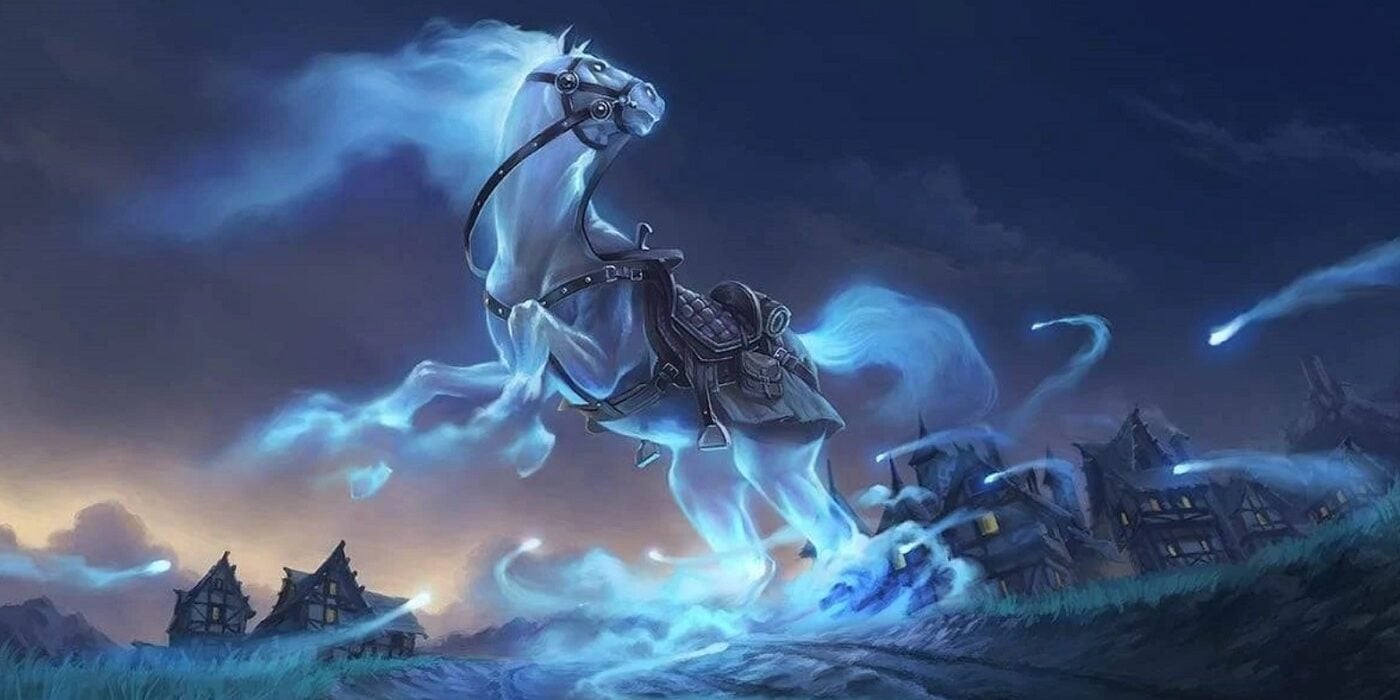
Phantom Steed is one of the most flexible and useful spells any spellcaster can have in their arsenal. It can basically set your speed to 100ft per round if you’re in combat – or 13 miles per hour for the duration. And that’s all while you’re riding the phantasmal creature you’ve summoned.
Meaning you can still take whatever actions or bonus actions you want. You can cast it as a Ritual, even, because it’s one of the rare higher than Level 1 Ritual Spells. Which means this might not even take a spell slot away from you. It lasts an hour, but the benefits are oh so worth it.
Minor Illusion
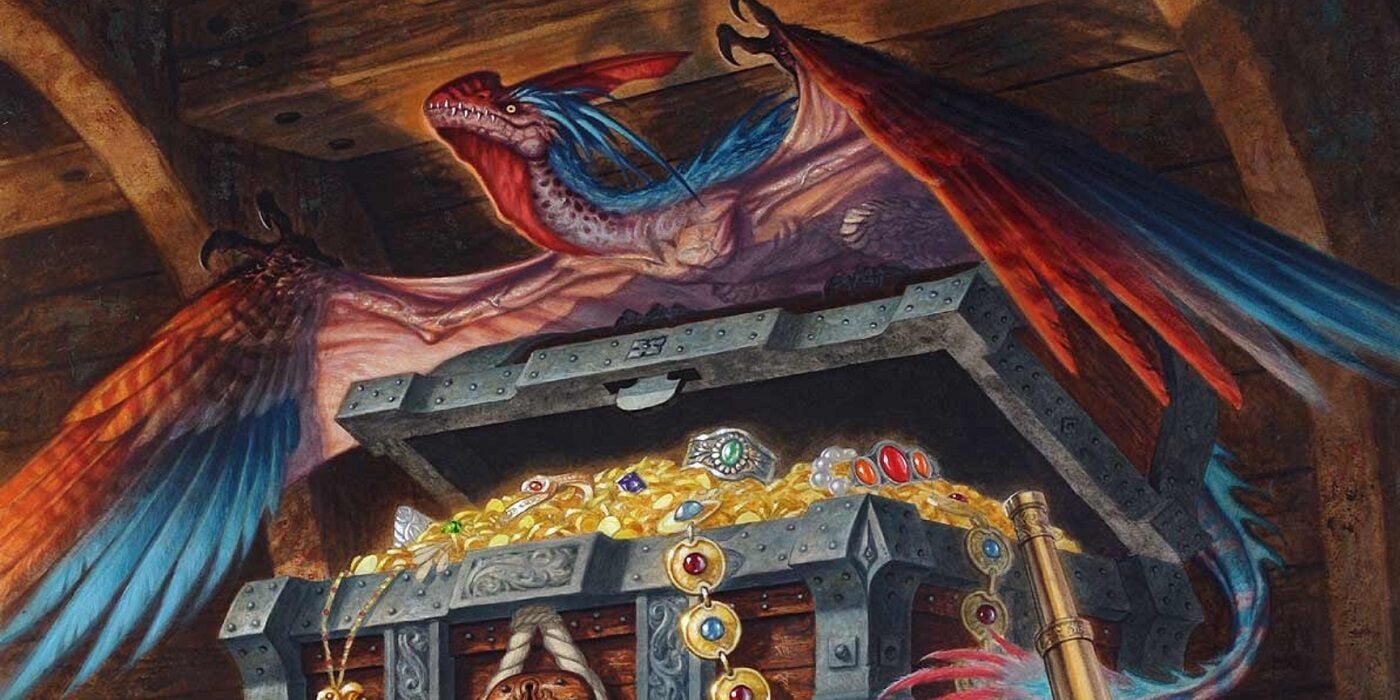
It is a testament to the sheer flexibility of Minor Illusion that the PHB had to spell out for DMs, “actually it’s cool for players to do creative illusory hijinks.” Admittedly, they do very clearly specify what you can do with it, to limit the scope of the spell to what is appropriate for a acntrip. Especially a cantrip that Illusionists are especially deft with.
You can create a sound or an image. Over the course of the illusion, you can cause different sounds at different times over the course of 1 minute (no Concentration needed), or you can create an imageof an object that is no larger than a 5 foot cube. But within that parameter, you can make all the details you want. From a perfect replica of a map you’ve seen to muddy footprints.
And the only way to tell something is an illusion is by taking a Study action to examine the sound or image, and making an Investigation check against the caster’s spell save DC. Or, you know, trying to sit in an illusory chair. But this means there’s a whole world of possibilities to be had with it. But what this spell won’t do is create supplementary details like sound, light, smell, or other sensory effects. For that you need a more powerful spell.
Major Image
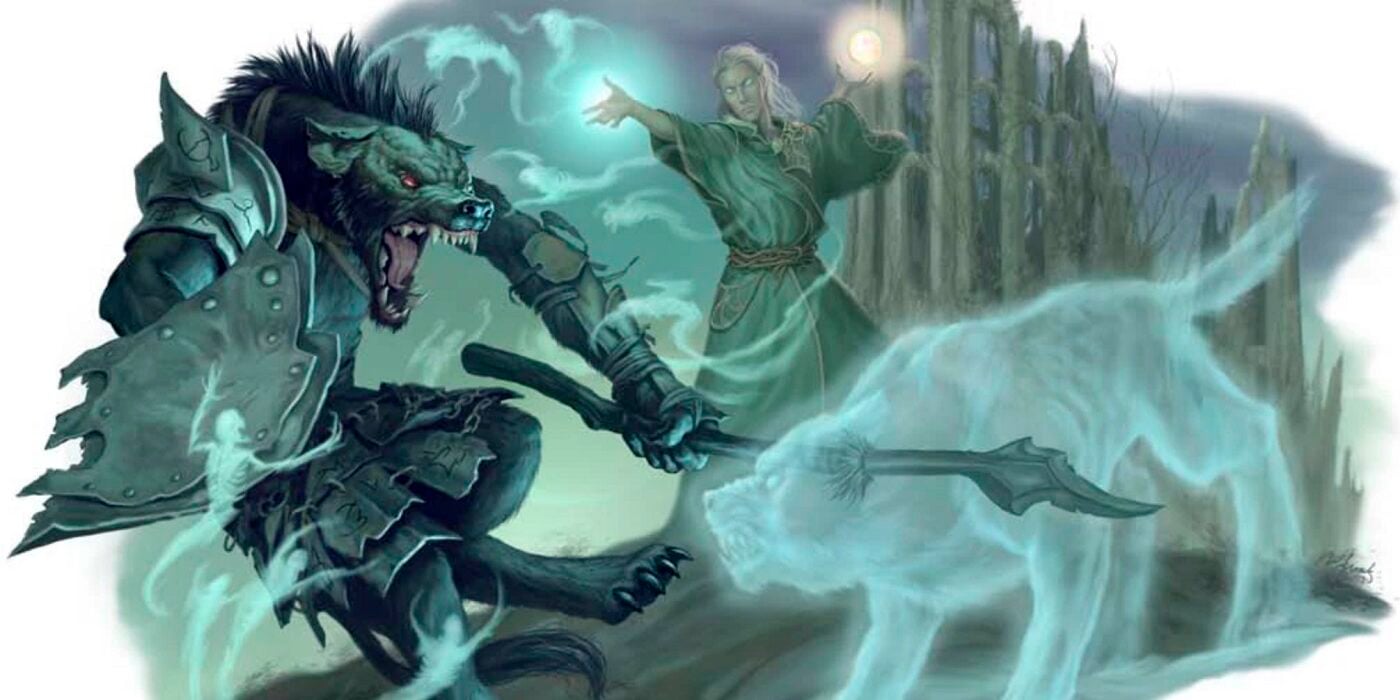
Then of course, there’s Major image. This is the big Illusion spell that most people probably think of when they think Illusion. This is how you rehape reality to your whim as long as people believe it.
With Major Image, you create the image of an object, creatuure, or other visible phenomenon that is no larger than a 20 foot Cube. To anyone, it seems real, including sounds, smells, and temperature appropriateto the thing depicted. It can’t deal damage or cause conditions, but otherwise, is pretty flexible.
Especially since you can take a Magic action to make the image move to a spot within its 120 foot range. As you move the image, you can alter the appearance of it to make it appear natural. You can even cause the illusion to make different sounds as you like – so you can have it carry on a conversation as an explicit example taken straight from the book. And again, it takes an Investigation check (not a saving throw) to determineth at it’s an illusion. Plus, if you use a level 4+ spell slot, the Major Image lasts until dispelled and doesn’t take your Concentration. So you can have many Major Images going at once.
Happy adventuring!





